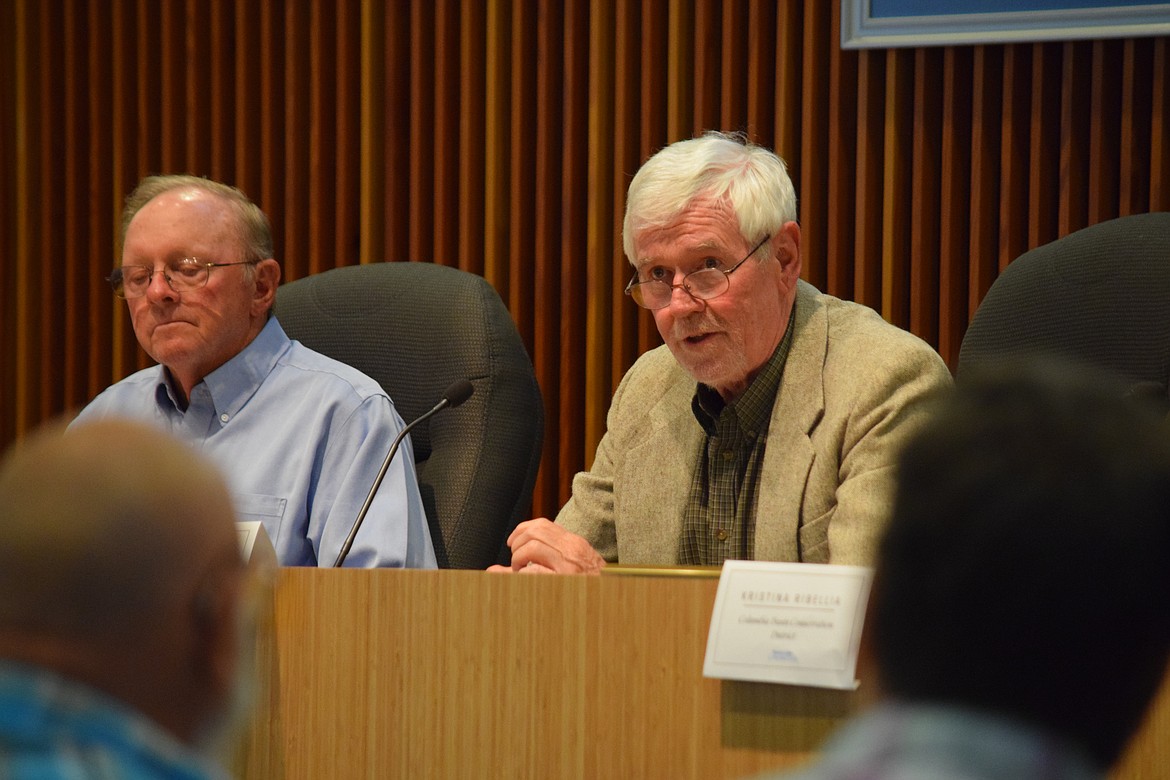State of the lake
MOSES LAKE — Preventing future blooms of dangerous blue-green algae in the waters of Moses Lake is going to take a lot of slow and deliberate effort on the part of everyone who lives, works and plays on and around the lake, according to members of the Moses Lake Watershed Council during a “State of Our Lake” meeting Tuesday night.
Become a Subscriber!
You have read all of your free articles this month. Select a plan below to start your subscription today.
Already a subscriber? Login




